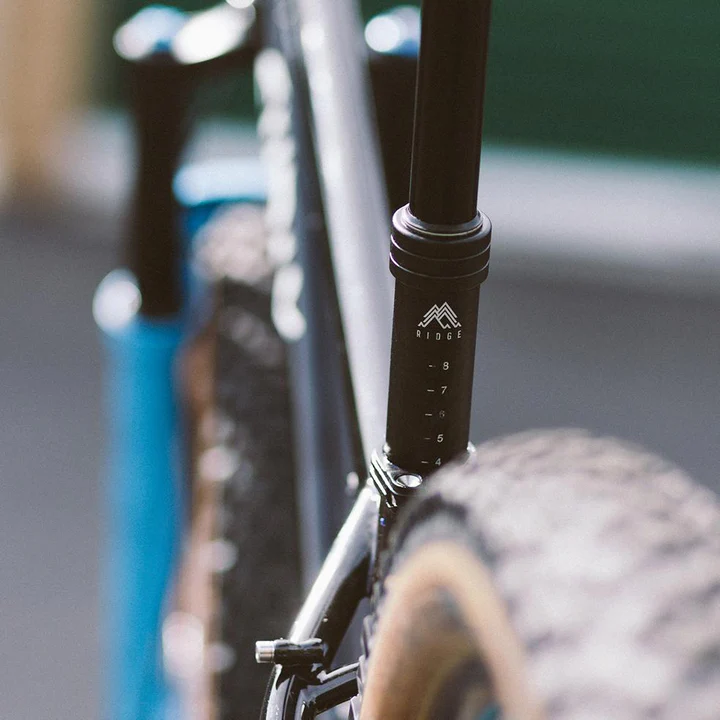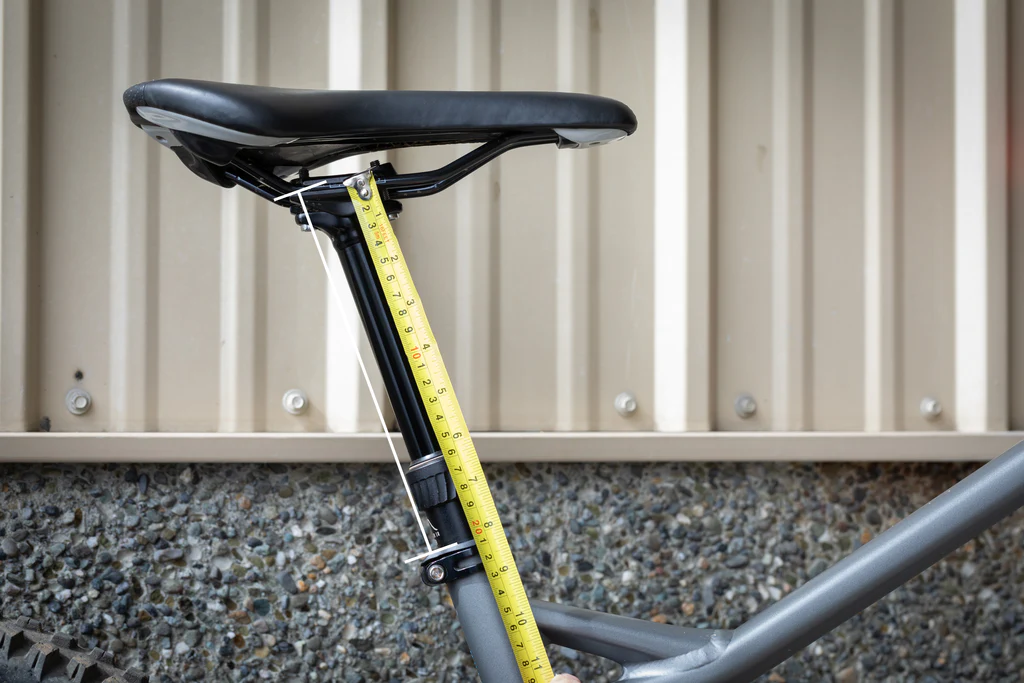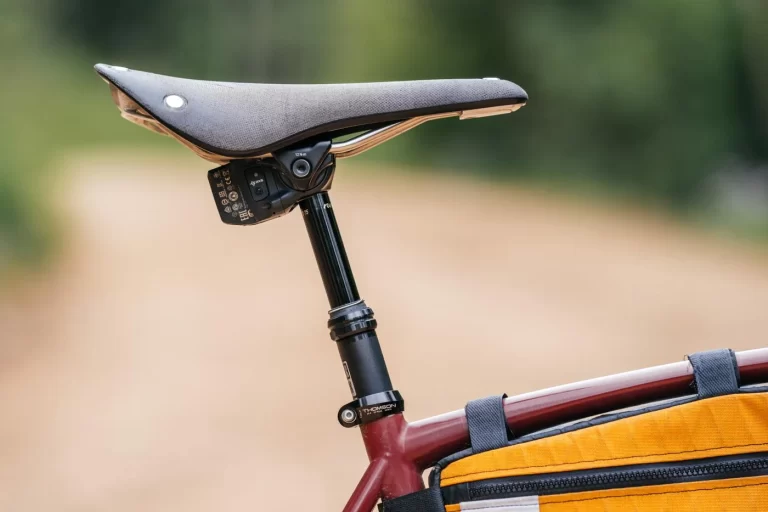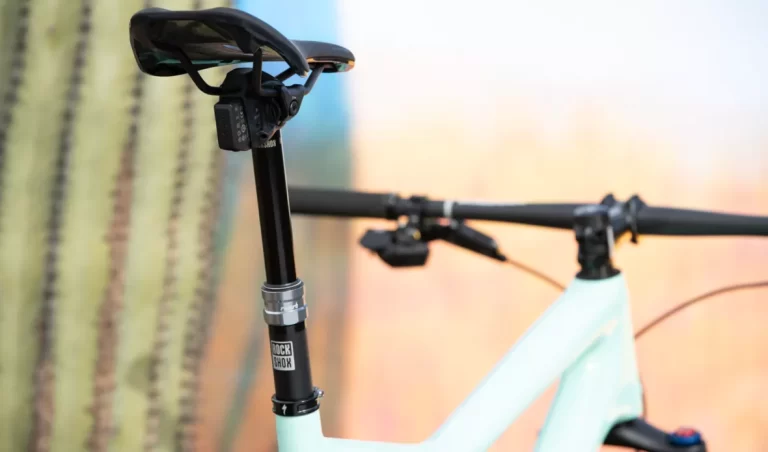The Evolution of Dropper Post Technology

Key Point Summary of The Evolution of Dropper Post Technology:
- Dropper Post Origin: Initially, dropper posts were rudimentary, operated by awkward levers or even manually, requiring dismounting.
- Technological Advancements: Evolution from mechanical to hydraulic, introduction of remote levers, and weight reduction has vastly improved user experience.
- Impact on Riding: Dropper posts have revolutionized bike handling, allowing for more aggressive descending and safer, more efficient riding.
- Adoption Across Disciplines: While starting in mountain biking, dropper posts are now prevalent in gravel and cyclocross, enhancing versatility.
- Future Prospects: Continuous innovation promises lighter, more reliable, and possibly electronically integrated dropper posts.
As a master’s cyclist who’s delved into the realms of mountain biking, gravel riding, and cyclocross, I’ve had my fair share of technological evolutions pass under my wheels. Among the myriad of innovations that have transformed the way we ride, the dropper post stands out as a game-changer. Its evolution from a quirky, niche gadget to a nearly indispensable tool for riders across disciplines is a tale worth sharing. Let’s dive into the history, advancements, and the overall impact of dropper post technology on our beloved sport.
The Evolution of Dropper Post Technology: A Personal Journey
My journey with dropper posts began on the rugged trails of mountain biking, where the difference between a clean descent and a tumble often came down to bike handling. In the early days, dropper posts were a rare sight, often cumbersome and not particularly reliable. They were seen as an unnecessary luxury by many, a sentiment I admittedly shared until my first experience with one transformed my riding.

The Humble Beginnings
The concept of the dropper post is simple yet revolutionary—allowing a rider to quickly adjust the saddle height without dismounting. Initially, these posts were mechanically operated and required reaching down to a lever under the seat, an awkward motion especially in the heat of a descent. I remember my first dropper, a contraption more prone to sticking or failing than smoothly dropping. Yet, even this rudimentary device opened my eyes to the potential benefits, particularly in transitioning from climbing to descending without losing momentum.
Technological Advancements
As with any technology, necessity and innovation drove advancements in dropper post design. The shift from mechanical to hydraulic mechanisms marked a significant leap. Hydraulic droppers, with their smoother operation and increased reliability, quickly became the standard. The introduction of remote levers, easily mounted on the handlebars, was a game-changer. Suddenly, adjusting saddle height became as instinctive as shifting gears, allowing for on-the-fly adjustments without compromising control.
My upgrade to a hydraulic post with a remote lever felt like stepping into the future. The ability to drop the saddle with a thumb press allowed for a lower center of gravity on descents, transforming how I rode technical sections. No longer was I perched precariously above the bike; I became part of it, moving with a newfound fluidity.
The Impact on Riding
The true value of dropper posts lies in their impact on bike handling and rider safety. Lowering the saddle on descents or technical sections allows for more aggressive riding, improving control and boosting confidence. Conversely, being able to quickly raise the saddle ensures efficient pedaling on flats and climbs.
One memorable race, a gnarly descent that had always been my Achilles’ heel, was suddenly manageable with the saddle out of the way, allowing me to lower my body and absorb the terrain. This technology didn’t just enhance my performance; it revolutionized my enjoyment of the sport.

Adoption Across Disciplines
While mountain biking was the birthplace of dropper post technology, its benefits have not gone unnoticed in other disciplines. Gravel biking and cyclocross, with their own sets of challenges and technical demands, have seen a growing adoption of dropper posts. On a gravel ride, a dropper post allows for a more controlled descent on loose surfaces, while in cyclocross, it can offer a slight edge during dismounts and remounts.
My foray into gravel racing with a dropper post was eye-opening. The ability to tackle descents aggressively, knowing I could drop my center of gravity and maintain control over loose gravel, was a revelation. It’s a testament to the versatility of dropper post technology and its ability to enhance the cycling experience across a variety of disciplines.
Future Prospects
The evolution of dropper post technology is far from over. We’re seeing lighter, more reliable posts with greater travel, catering to the demands of modern riders. The integration of electronics, as seen in wireless shifting systems, hints at a future where dropper posts might be adjusted with even greater ease, perhaps even automatically responding to the terrain.
Wrapping Up
The journey from the rudimentary dropper posts of yesteryears to the sleek, highly functional designs of today mirrors the broader evolution of cycling technology. What was once a niche product has become an essential component for many riders, transforming the way we approach and enjoy our rides. The dropper post has not just evolved; it has revolutionized cycling, making it more accessible, safer, and infinitely more fun.
As we look towards the future, the possibilities for further innovation in dropper post technology are as exciting as they are limitless. The advent of lighter materials, more refined hydraulic systems, and the potential for smart, terrain-responsive functionality are on the horizon. The dropper post once a simple tool for adjusting saddle height is evolving into a sophisticated component integral to the cycling experience.

Dropper Post Model Recommendation
For riders looking to upgrade their setup or experience the benefits of a dropper post for the first time, I recommend considering the RockShox Reverb AXS. This post represents the pinnacle of current dropper post technology, offering wireless operation that eliminates the need for cables and simplifies installation. Its hydraulic mechanism ensures smooth and reliable performance, while the AXS technology allows for easy adjustments and customization through a smartphone app. The RockShox Reverb AXS is a testament to the ongoing evolution of dropper posts, combining ease of use with high performance.


The Evolution of Dropper Post Technology: In Conclusion
From their humble beginnings to the cutting-edge designs of today, dropper posts have undergone a remarkable evolution. They’ve grown from a curiosity to an essential piece of equipment for many cyclists, offering improved control, safety, and enjoyment. As someone who has experienced firsthand the transformative impact of dropper post technology, I can attest to its significance in the evolution of cycling. The future of dropper post technology is bright, and I, for one, am excited to see where it takes us next.
FAQ
What does a seatpost do?
A seatpost connects the saddle to the bike frame, allowing riders to adjust the height of the saddle to fit their leg length for efficient and comfortable pedaling.
Is carbon seatpost worth it?
Carbon seatposts can be worth it for riders looking for weight savings and improved ride comfort through vibration damping, but they tend to be more expensive than aluminum posts.
How does integrated seat post work?
An integrated seatpost is designed as part of the frame itself, extending upward from the frame to hold the saddle. It offers aerodynamic benefits and weight savings but lacks adjustability in height, requiring precise cutting for the rider’s fit.
Are bike seatposts standard?
Bike seatposts are not entirely standard; they come in various diameters to fit different bike frames. However, there are common sizes in the industry, and adapters can be used to fit a seatpost to a frame if their diameters do not match.
Happy trails!
John




